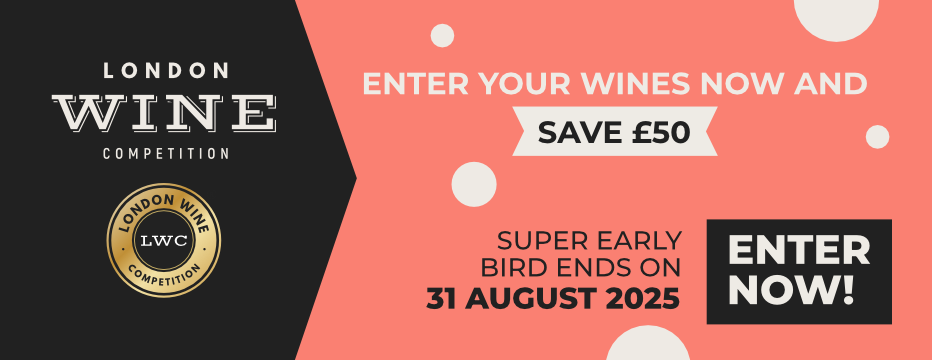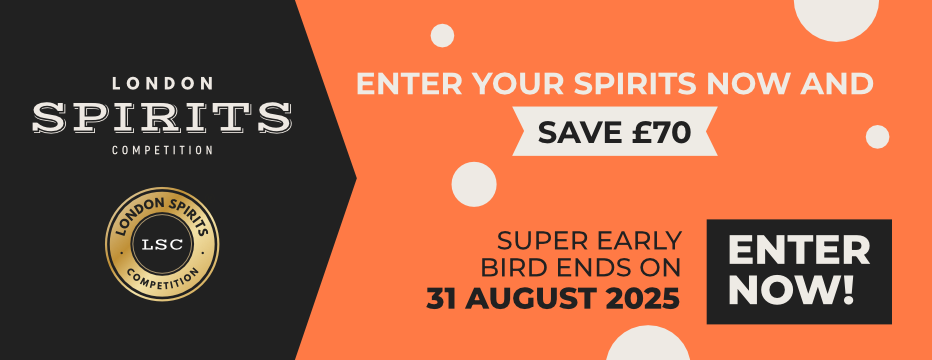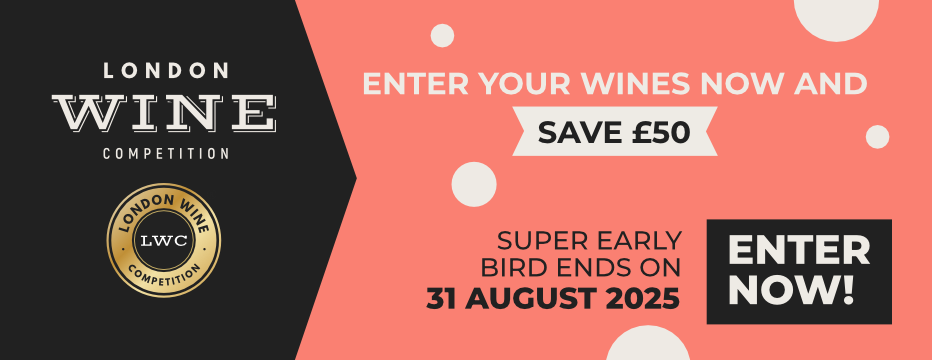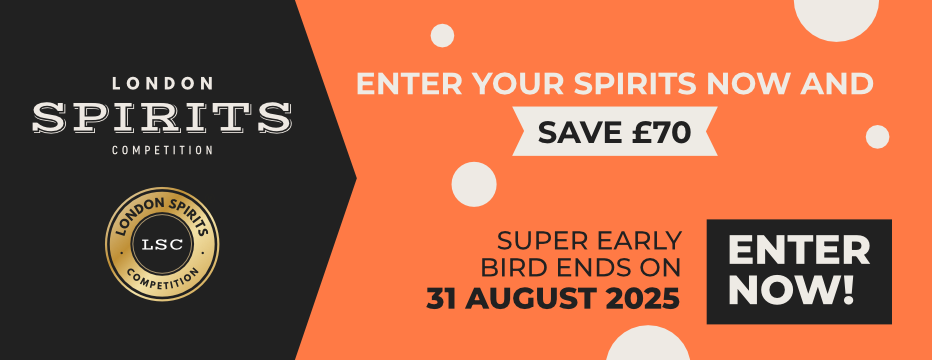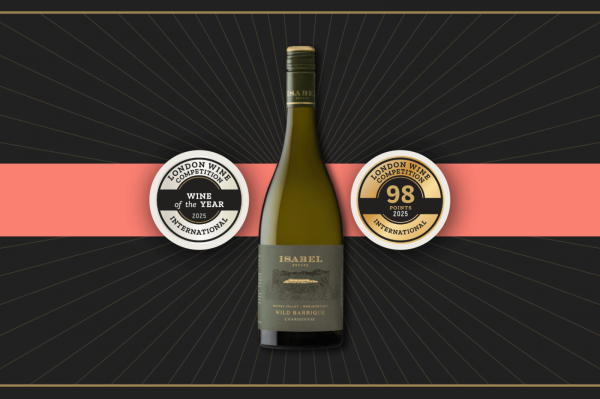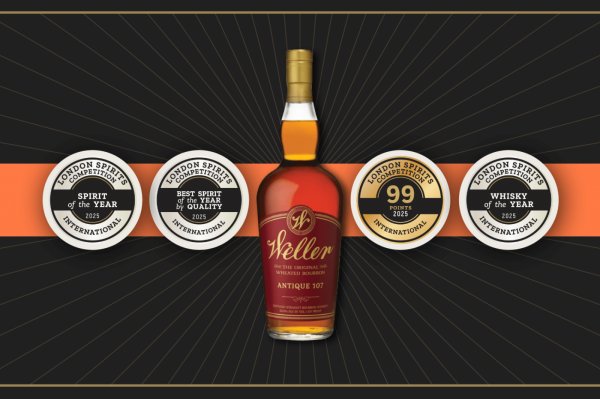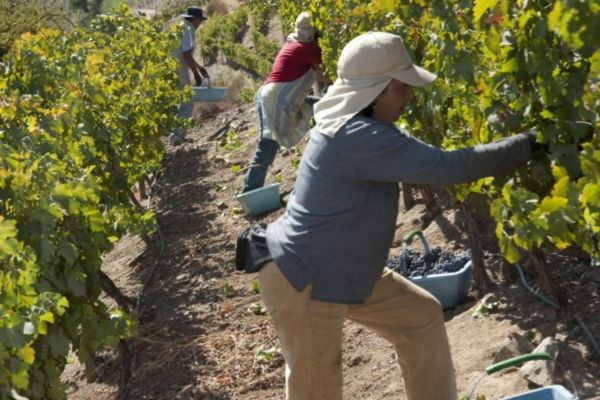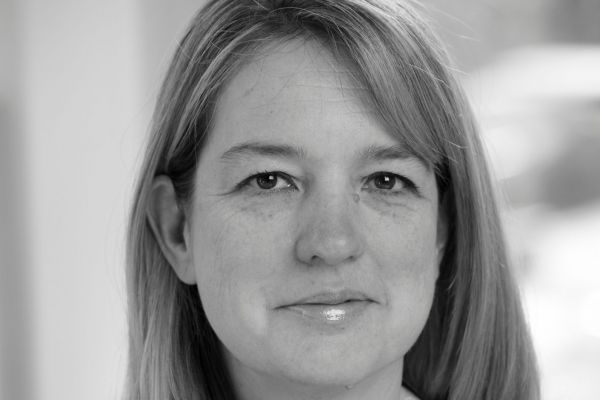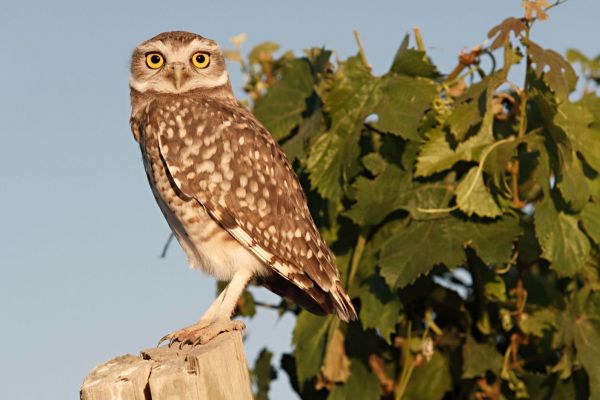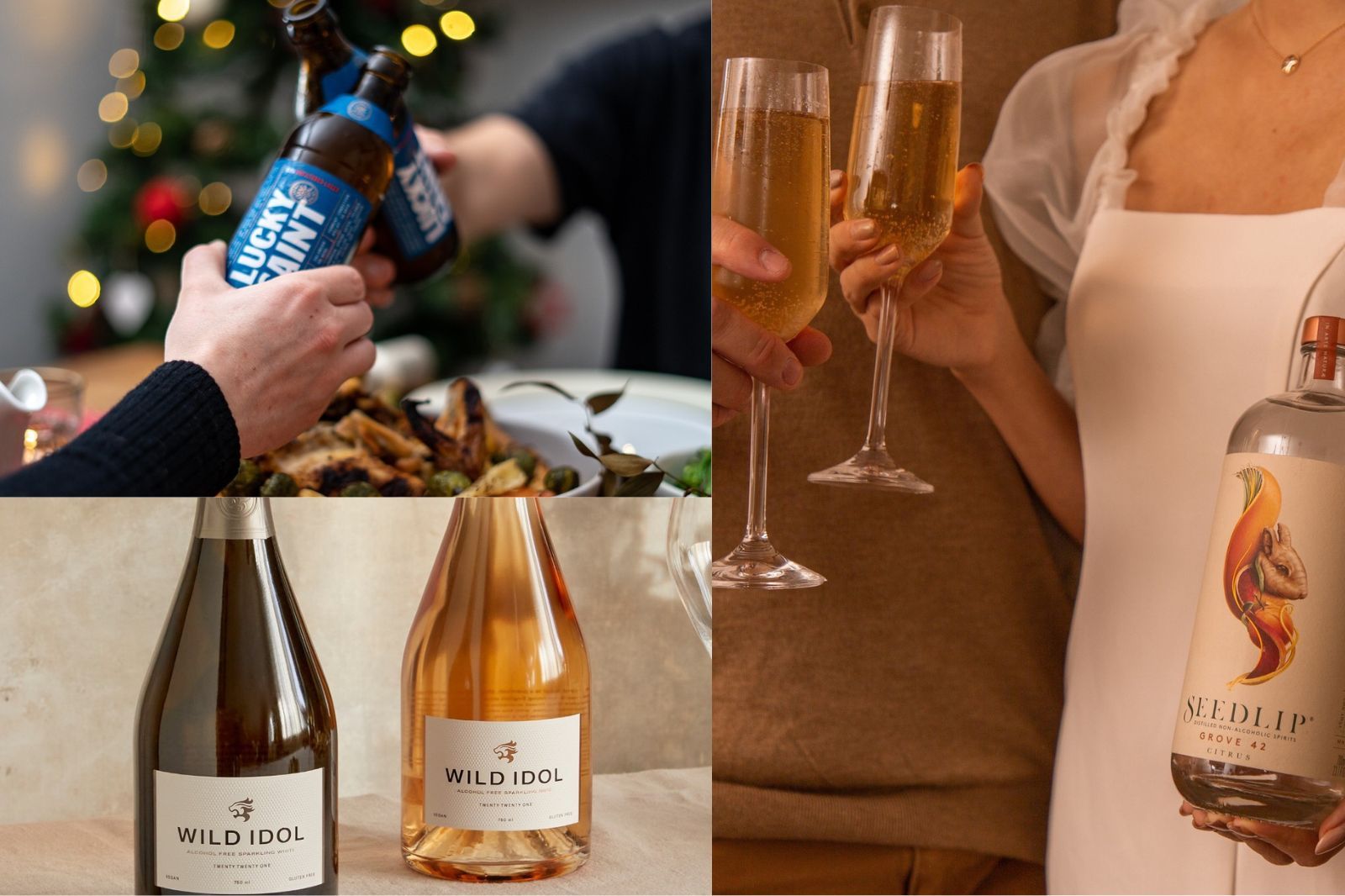
Your Business
Why you should embrace the low or no alcohol trend
14/06/2024 High-quality alcohol-free drinks are the ones that cannot be ignored as sales of the brand are rocketing year after year.
“Anyone who ignores high-quality alcohol-free drinks is doing so at their peril,” came the stark warning from Amanda Thomson, the founder of Noughty alcohol-free wines, who claims that sales of the brand are rocketing by over 100% year on year.
While you could argue that she has a vested interest in talking up the market, the figures for the alcohol-free sector speak for themselves, with sales in the UK predicted to hit upwards of £450m by 2024 after enjoying growth of 180% last year, according to alcohol-free beer brand Lucky Saint and creative insight agency Kam. It also revealed that almost 29% of pub visits and 37% of restaurant outings are now alcohol-free.
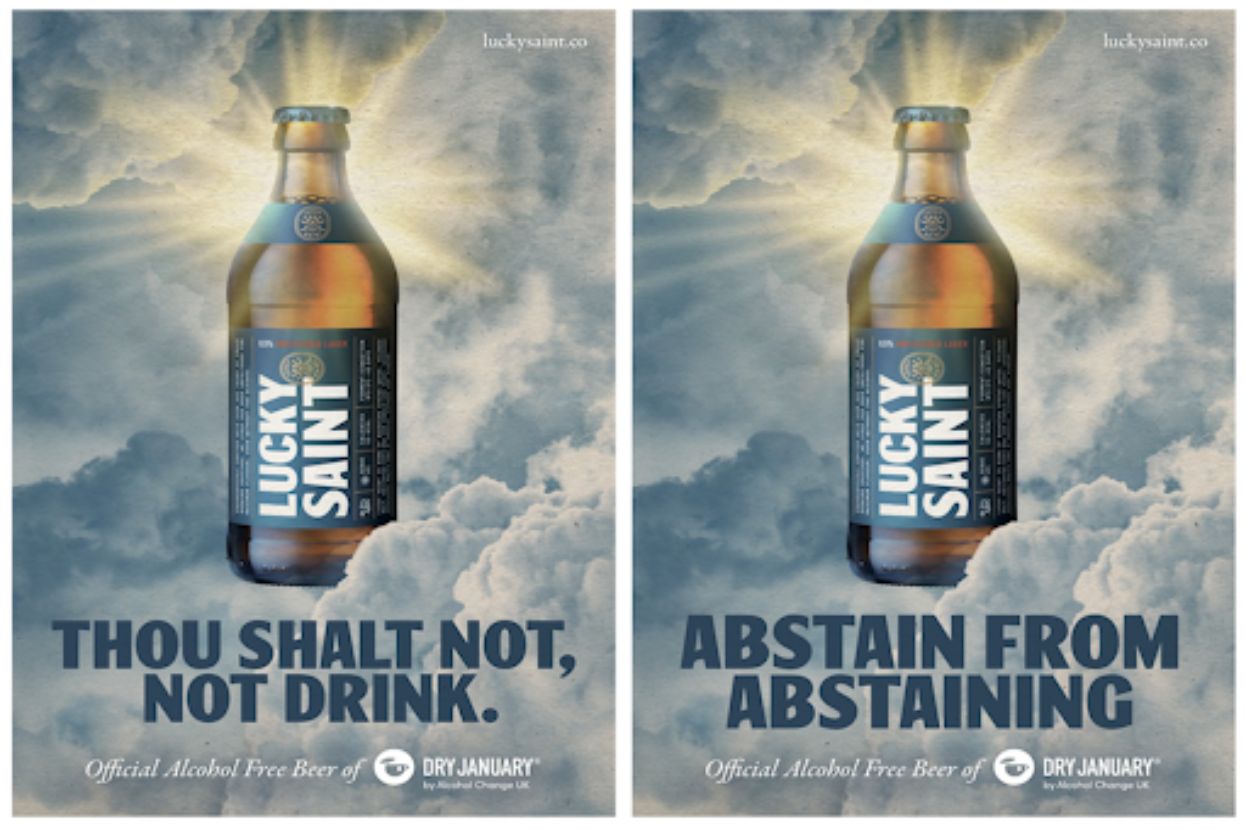
Lucky Saint, the zero-alcohol beer brand, whose founder Luke Boase believes the low and no sector offers huge opportunities for the UK market
Originally motivated by health reasons, now consumers are shunning alcohol because of the cost, according to the IWSR, noting that money worries are encouraging an increasing number of consumers to turn to alcohol-free alternatives. “Previously driven mostly by health and wellness concerns, moderation in alcohol consumption is now increasingly being spurred by economic worries and a need to cut household spending, the research organisation noted in its global report, The Eight Drivers of Change for Beverage Alcohol in 2023 and Beyond.
And according to the IWSR, drinkers are choosing to cut down rather than down trade in many markets including the UK. This type of moderation is apparent in two main habits – reducing the number of occasions during which alcohol is consumed, either by switching to a non-alcoholic drink or by skipping a drinking occasion; or by reducing the number of drinks on a given occasion.
Around half of all adult drinkers of beverage alcohol surveyed across 17 markets in 2022 expressed interest in moderating their alcohol consumption said the IWSR report. “The trend is particularly strong in European markets where economic confidence is low, such as the UK and Germany. "
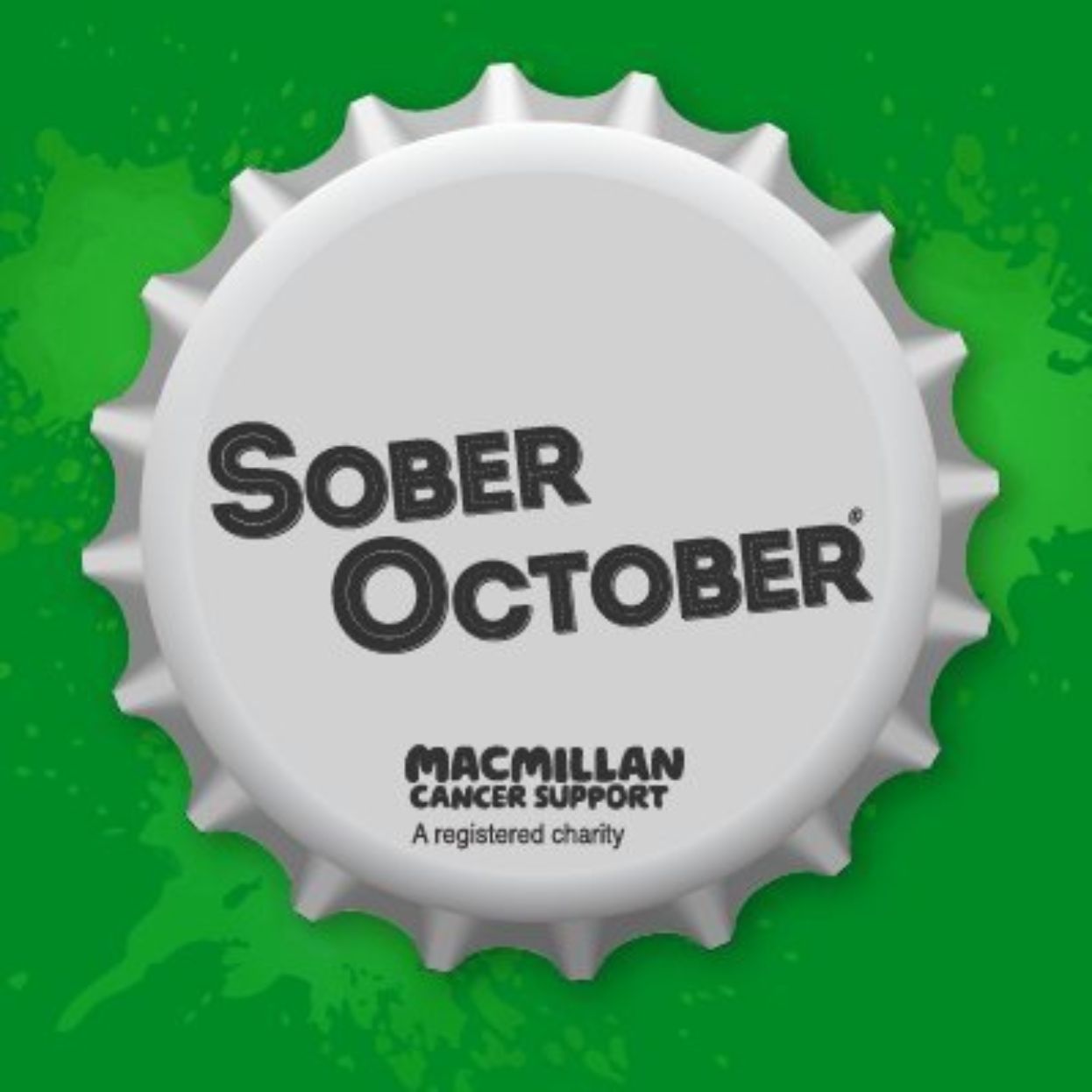
Movements such as Sober October and Dry January are seeing an increased number of participants joining each year
So if you’re an independent drinks merchant who has yet to invest in the alcohol-free category, you are undoubtedly missing a trick – as well as the opportunity to significantly boost your bottom line.
With the growing popularity of Dry January and Sober October, the number of UK consumers cutting back or quitting alcohol entirely is gaining momentum, with the numbers participating in Dry January up by 21% in 2022 to 8 million people forsaking the booze for a month. While the Office for National Statistics stopped recording the UK’s drinking habits after 2017, its figures show that even up to that date, over a fifth of people aged under 40 were teetotal.
And this is the demographic that is driving the no/low trend, according to Helena Salisbury, brand manager for Atopia at William Grant. “We’re seeing low-no alcohol over-index with younger people – aged under 28 – and in more affluent demographic groups,” she told Drinks Retailing. But until relatively recently, consumers who wanted to cut back on their alcohol consumption were faced with a very limited choice of drinks on a night out, other than the ubiquitous Coke or lime and soda. That has all changed in recent years, with an increasing number of producers muscling into the low and no-alcohol market and creating more sophisticated, adult drinks with flavour profiles that meet the demands of a discerning audience who want more than sickly sweet soft drinks on a night out.
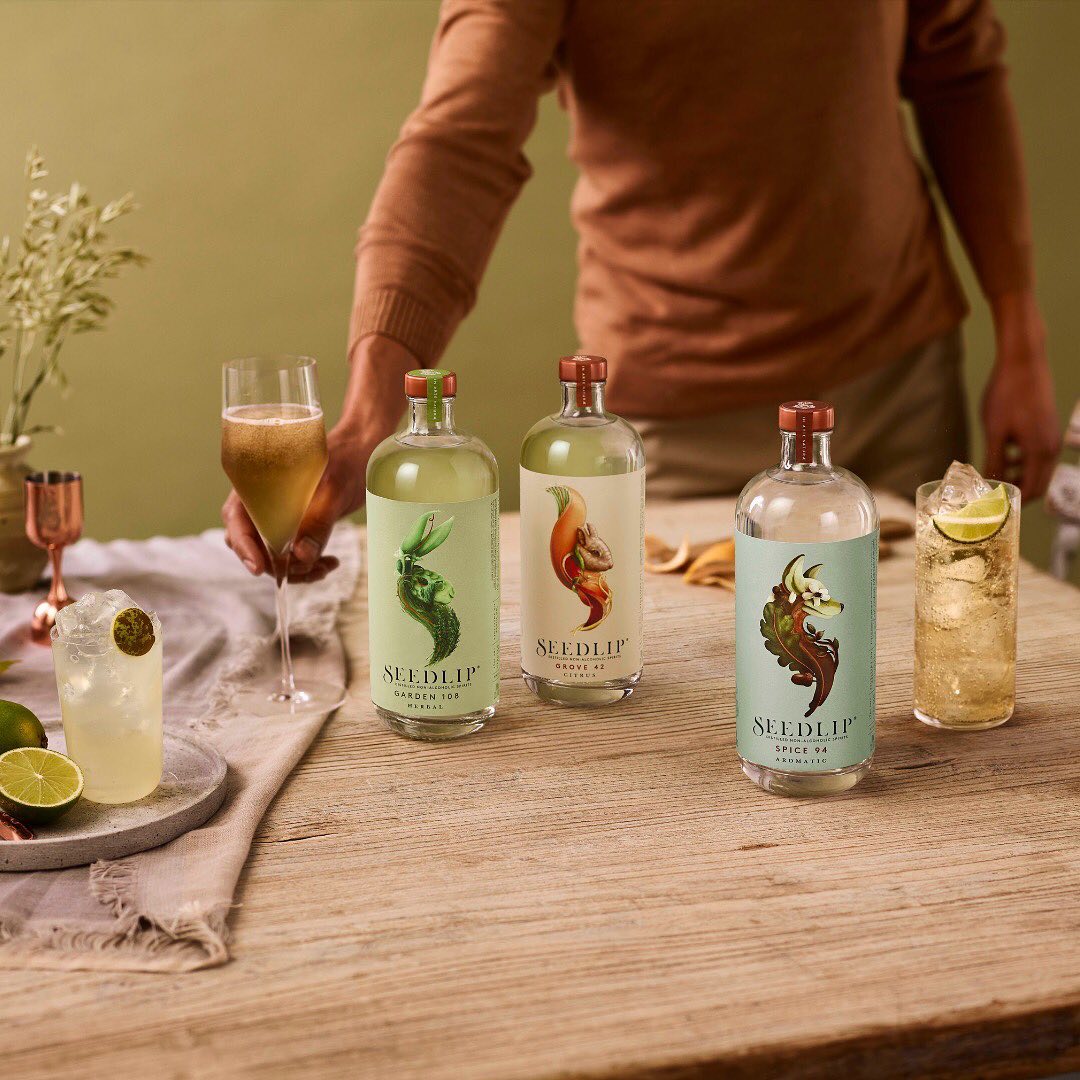
Seedlip was at the vanguard of the new breed of adult drinks to enter the market and offer a palatable alternative to alcohol
Enter the likes of Seedlip, one of the first to enter this sophisticated adult
drinks market, who have blazed a trail for other low or no-alcohol offerings. But not all drinks in the sector are alcohol-free spirits, beers, and wines, with an increasing number of products that can meet the traditional alcohol occasion but that don’t meet what has come to be recognized as alcohol-free versions of an established category. From mind-boosting beverages to sparkling tea and shrubs, there is a burgeoning world of drinks that are not just alcohol alternatives but have a great adult appeal.
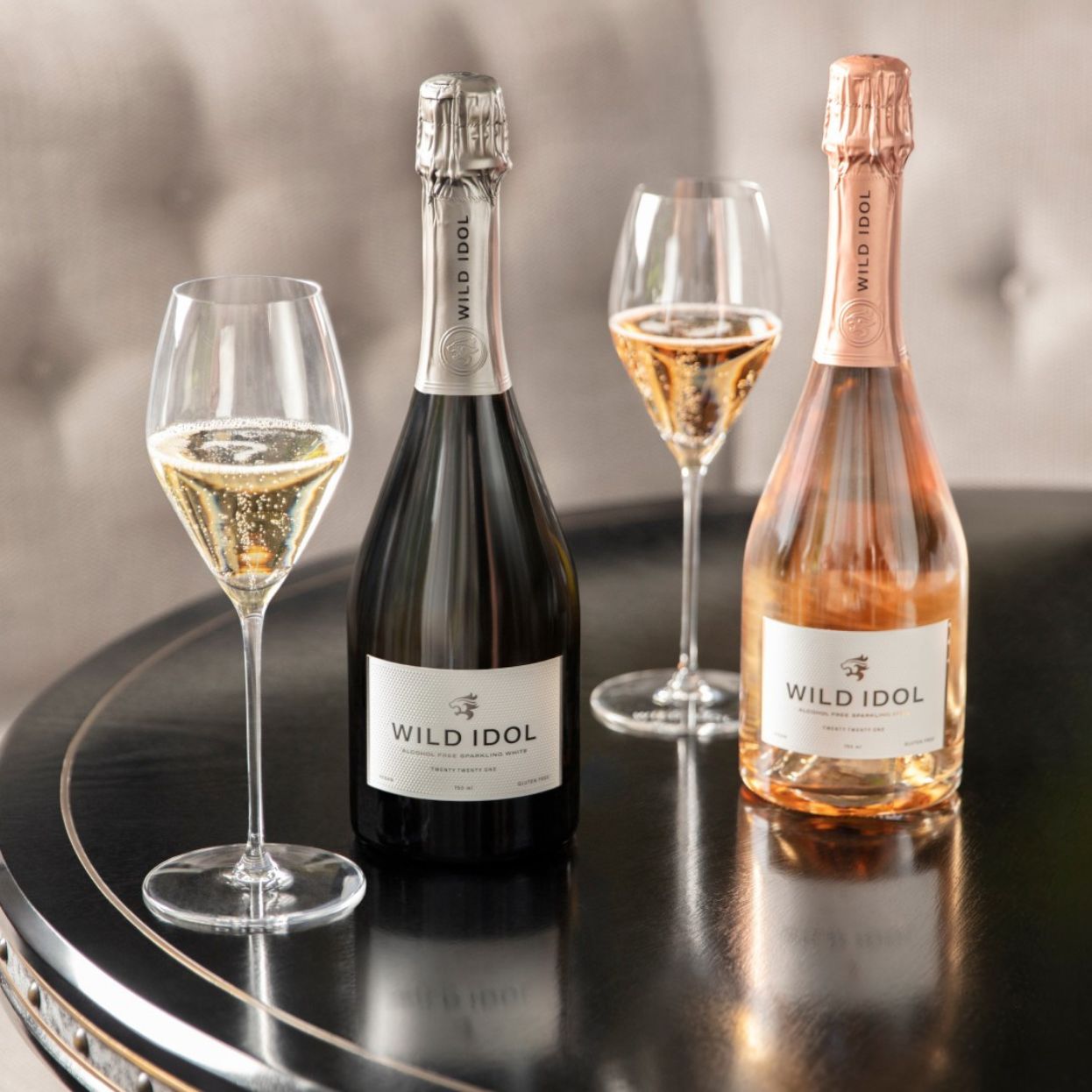
Alcohol-free sparkling wine alternative Wild Idol is another brand offering consumers more choice in the low/no alc space
Brands such as Wild Idol, a sparkling wine alternative, fruit, cider vinegar
and botanical syrup brands Nonsuch shrubs and Copenhagen Sparkling Tea are carving out a niche for themselves as alternatives to alcohol-free options. “Unlike alcoholic wine or other dealcoholized wine products, Wild Idol has never contained alcohol and does not undergo a process of fermentation,” said the company in a press release. “This means that, unlike most other non-alcoholic drinks, Wild Idol is naturally alcohol-free so there is nothing to remove, and minimal handling required.”
Not only is there now far more choice for consumers looking to cut down on alcohol, but the quality of what is now available far outstrips that which was on offer only a few years ago. The standard of alcohol-free beer in particular has come on in leaps and bounds, as the technology has improved exponentially. Instead of using dealcoholizing technology to remove alcohol leaving behind a flat, flavor-free drink, brewers are now using special yeasts that produce beer without alcohol. Given the vast improvement in quality in recent years, it hardly comes as a surprise that sales have tripled in the past five years.
Wine, however, is a more difficult nut to crack and there are still relatively
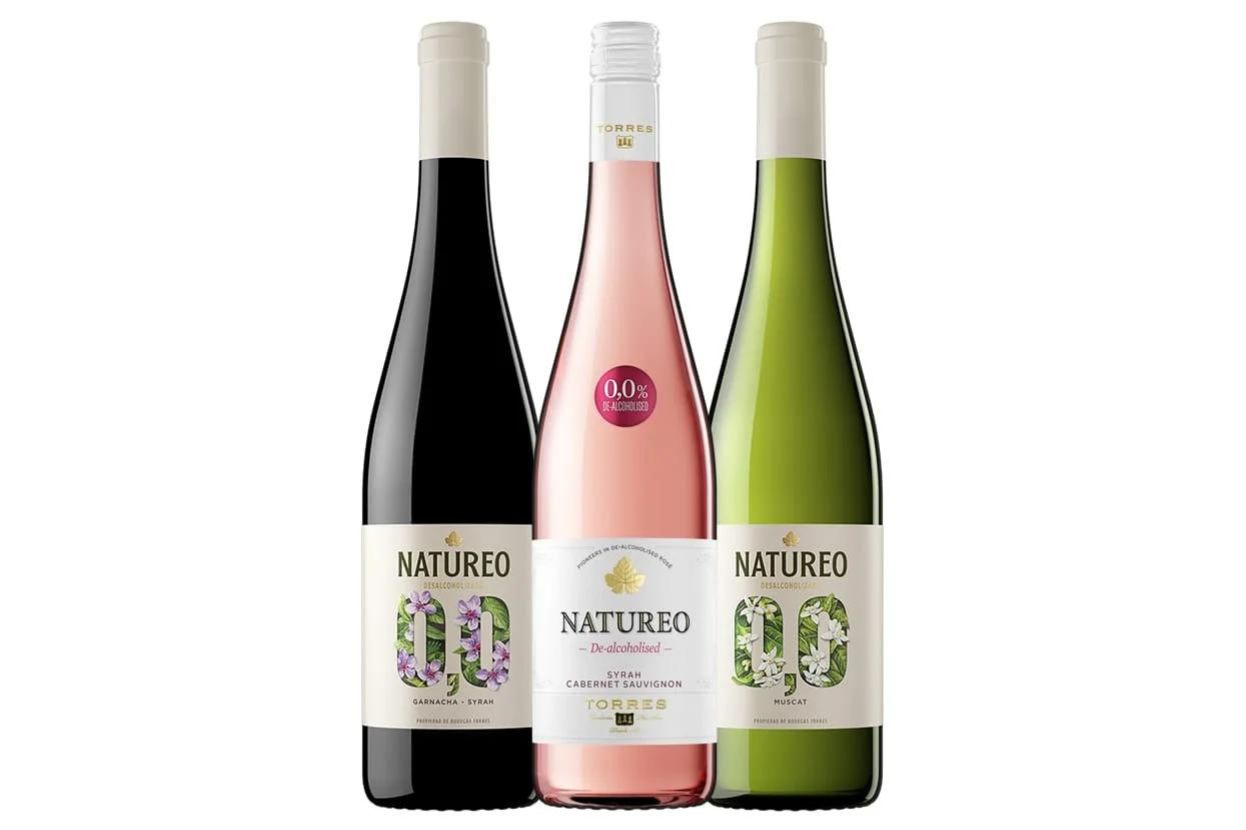
Natureo, the low-alcohol wine range from Spain’s Torres has been given the thumbs up by top wine critics
limited options in terms of decent quality low alcohol still wine, though they have come a long way in recent years. Bodegas Torres in Spain, who pioneered low-alcohol wine back in 2008 has made a pretty good stab at producing what it describes as a “dealcoholized wine-based beverage” with its Natureo range. And after 20 years in the game, it's only recently that McGuigan and other Aussie producers felt they have mastered the technique and are able to produce better quality low alcohol wines with McGuigan’s Zero Sauvignon Blanc with 0% alcohol described as “the best zero alcohol white on offer yet” by The Times’s wine critic Jane McQuitty. She also rates Lindeman’s alcohol-free Semillon Chardonnay, weighing in at 0.5% alcohol. As for low-alcohol reds which are the most difficult style to pull off with low alcohol, McQuitty puts her money on McGuigan’s Zero Shiraz, which she claims is “one of the few that tastes even remotely like the real thing”.
However, it is easier to produce a good low-alcohol sparkling wine as the fizz gives the drink texture and can go a long way in compensating for the loss of flavour. The likes of I heart Wine Zero Sparkling at 0.05% are blazing a trail for Prosecco drinkers who want to enjoy their favourite tipple without the alcohol hit. Brand owners Henkell-Freixenet claim it is seeing growth across its entire non-alcohol range, driven largely by the UK, the US, and Nordic countries
According to the IWSR report, around 90% of low/no alcohol volumes were actually consumed in the off-trade, both physical and online. “Retailers are prioritizing space on the shelf for low/no products, generating awareness and encouraging trial,” confirms Susie Goldspink, head of low and no alcohol, IWSR Drinks Market Analysis. “This, combined with the moderation trend being increasingly prominent at home and in low-key occasions, means off-trade is the prominent channel in the UK.”
And as the category continues to gain momentum, so do the spaces that low and no can inhabit. In a survey carried out by Smashed brand owner Drynks Unlimited, 16% of drinkers said they would like to be able to buy an alcohol-free beer at McDonalds, 14% in their local coffee shop, and 7% at the gym highlighting the opportunities the sector offers. The survey of 1,500 consumers also reported calls for more choices in bars, airports, plans, and train stations.
[[relatedPurchasesItems-39]]
“When Drynks asked consumers what they thought about zero alcohol drinks being available in Costa Coffee, 60% said they would choose an alcohol-free cider or lager option over a frappe,” said the report. Richard Clark the founder of Drynks Unlimited said the acceptance, normalization, and increased trend of drinking alcohol-free drinks have started to blur the boundaries of social drinking. “We have now moved to an era where people are enjoying alcohol-free drinks so much that instead of ordering a coffee or soft drink they’d happily reach for an alcohol-free pale ale or cider if they found it on the menu,” he added.
“Without a doubt, the demand to consumer alcohol-free drinks outside of a normal drinks environment will fuel a genuine opportunity for growth in this sector across the next 12 months”
Lucky Saint founder Luke Boase concurs. “We are at the start of a cultural shift in our attitudes towards drinking in the UK as we see an increasing number of drinkers who prefer to moderate their choices,” he said. “The likes of Spain, Germany and France all have at least five times the market share for low and no options compared to the UK. Consumers want to taste and quality but historically there’s not been a product that fits the bill.”
And this represents a huge opportunity for the UK market, he claims. “In a sector that only knows people as drinkers and non-drinkers, there isn’t much understanding of how to cater to the majority of UK pub-goers currently,” adding that we need to rethink what we understand as a non-drinker in the UK. “Those who move fast to tap into this market in the UK will see huge rewards in the coming years.”
WHAT IS THE DEFINITION OF LOW/NO ALCOHOL?
A drink containing 0%-0.05% can be described as alcohol-free according to UK guidance, while
Anything between 0.05% and 0.5% abv is commonly described as dealcoholized. Low alcohol, meanwhile, is a drink containing anything between 0.5% and 1.2%. However, in the EU, 0.5% alcohol or less is categorised as alcohol-free, creating confusion amongst consumers and producers alike.





